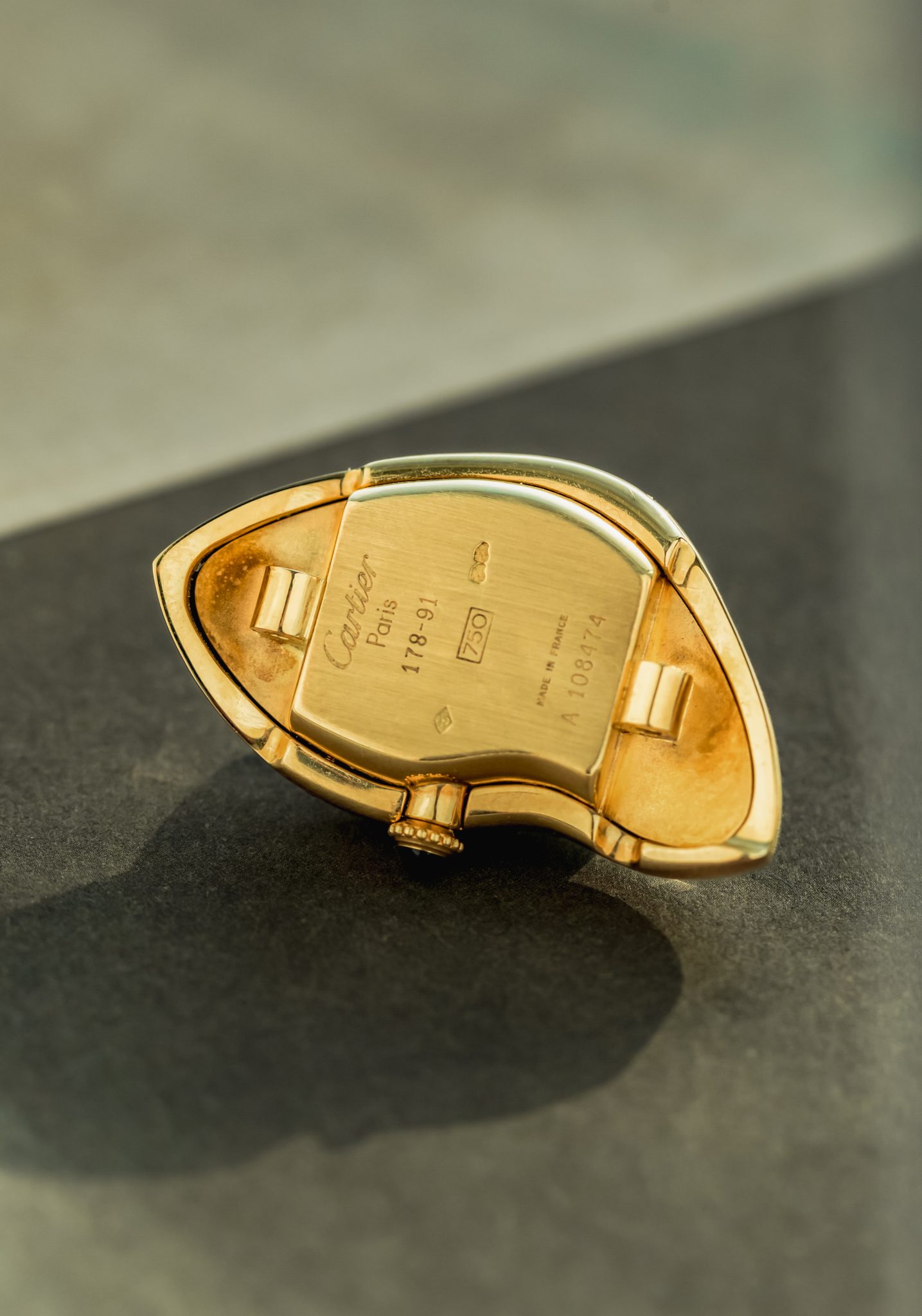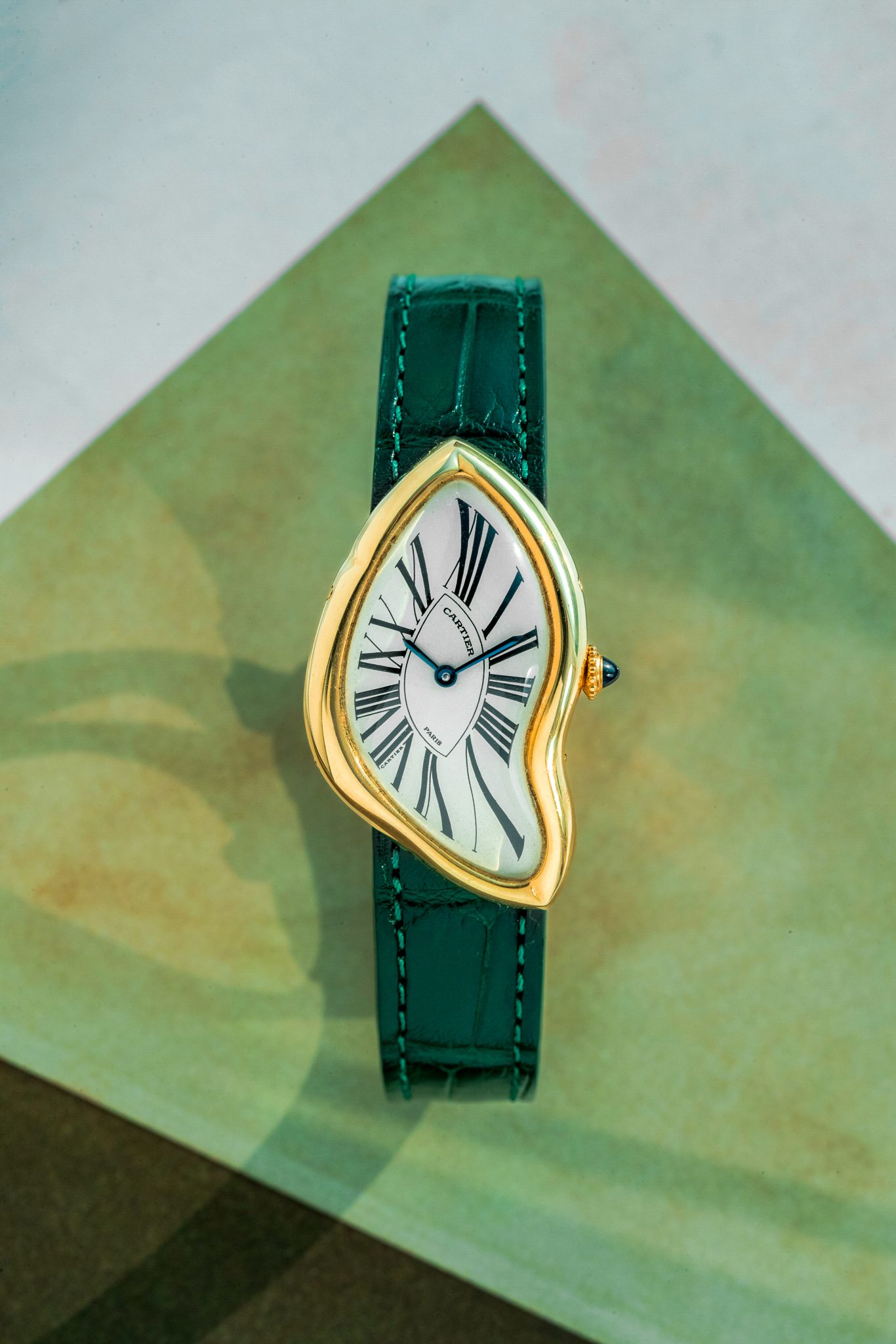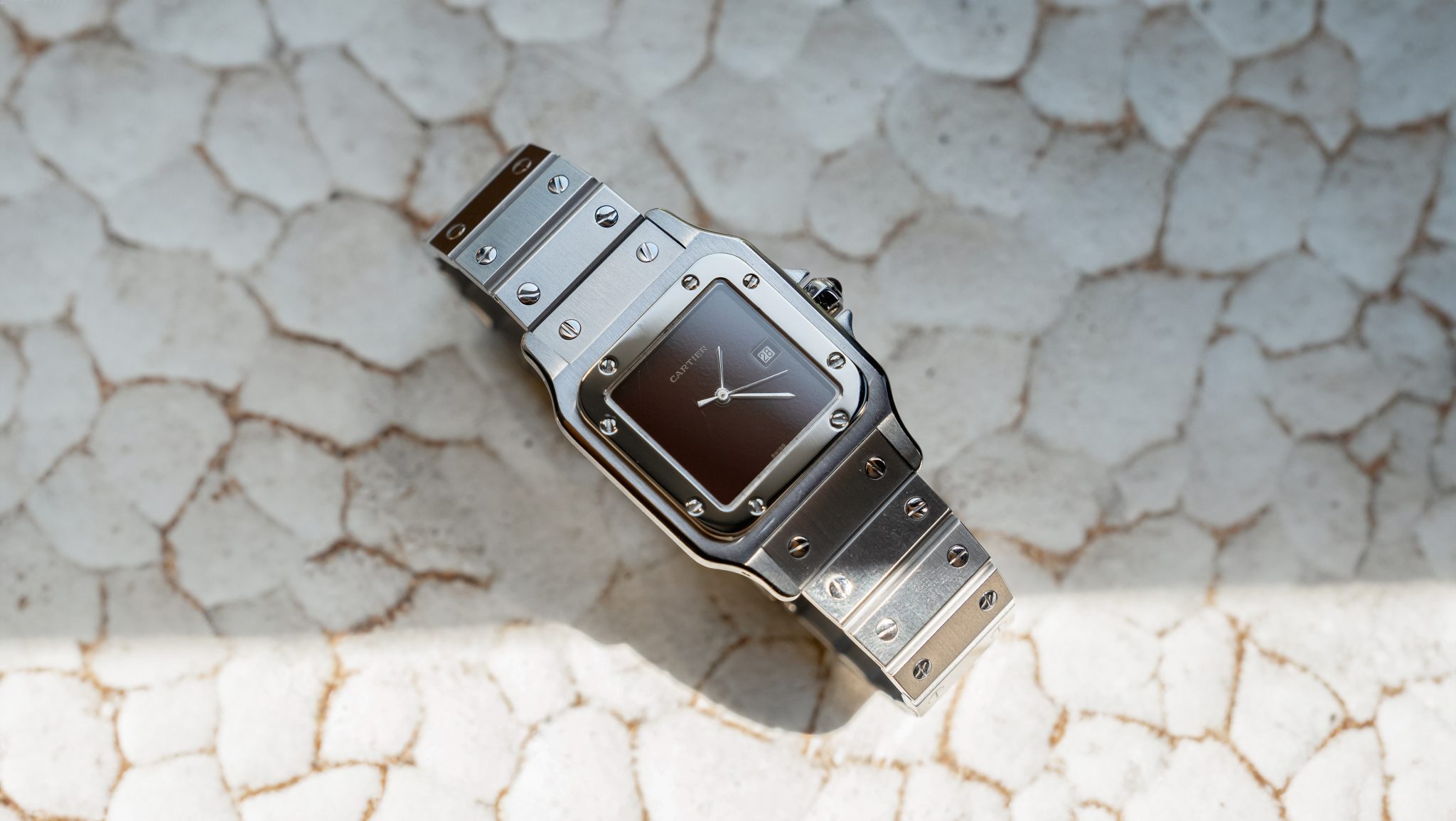
Cartier Paris 1991 Crash
Walking around any major city with a truly exceptional watch on wrist is a bit like walking down the street holding a Van Gogh above your head. Without wishing to be ostentatious, in many respects you are doing someone a very slight favor by adding a degree of culture to an otherwise very ordinary day (for those few who recognize it). But then, you are also assuming the kind of risk that comes with taking 1889’s The Starry Night off its mounting, showing a random stranger in the street some canvas worth $1B, and hoping for the best. There is will be nerves, but this is as close as watchmaking has come to pure artwork. Dave Portnoy hates it, surely there is no higher praise.


There is not one among us who hasn’t heard the apocryphal story of the Crash’s origin; some English gentlemen driving an outrageously fast vehicle through the city center had a wreck and burst into flames, his beautiful Cartier Baignoire now mangled. This almost certainly never happened. However, the truth is perhaps even more interesting. Many speculate that its inspiration is Dalí’s 1931 The Persistence of Memory and melting watches it depicts. This debate is unlikely to end, trust me. More concretely, we know the crash was a design by Jean-Jacques Cartier and designer Rupert Emmerson, intended to capture the rebellious attitude of London’s swinging 1960s when Cartier London were allowed to operate with true creative freedom. They made a watch, but particularly a case, which encapsulated all that was revolutionary: liberating miniskirts on Carnaby Street, The Who on pirate radio, and the first Mini Cooper giving a middle finger to Jaguar’s luxurious capitalism.
Since the first ’67 London Crash, this case has always been released in limited small production batches or as commissioned for VVIPs. This was the first production batch after that original London run, one of the larger at 400 examples in yellow gold, from the 1991 Paris production. There were also an estimated 8 examples in platinum from this run. Despite the relative volume, the 1991 Paris Crash has seen auction results go from 20K to 100K to in excess of 250K in the last decade. The dial is signed Paris and its case is slightly smaller, at 38mm. Otherwise, it’s a Crash as you know it; possibly one of the most beautiful objects man has ever crafted not in spite of its foibles, but because of them.


This ’91 Crash has some light surface wear but no issues I can see. It’s great. The high polish bezel has a light patina commensurate with its age, no visible damage anywhere on the dial. Its caseback engravings are deep and all hallmarks are as well. And it’s been sourced from its first owner with original box, papers, and clasp. Comes now from a well-regarded Dubai retailer.











